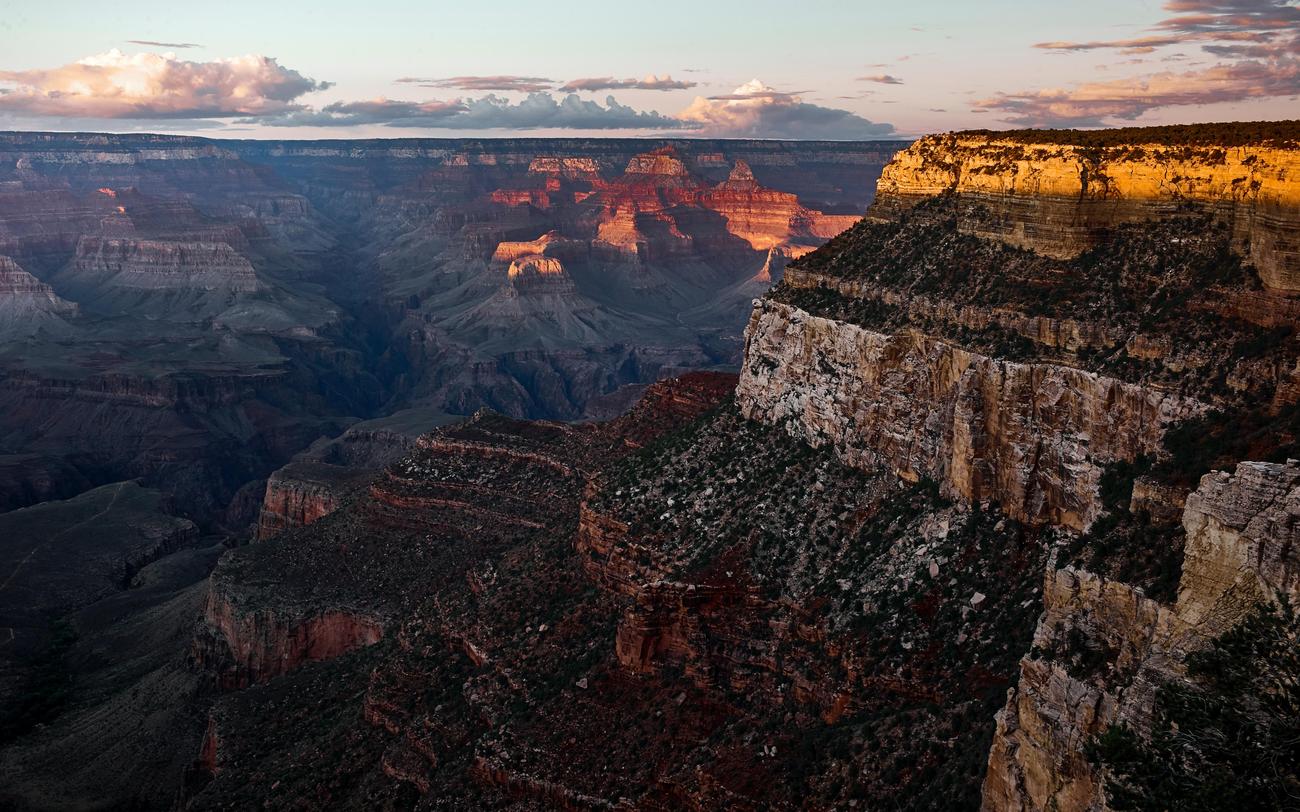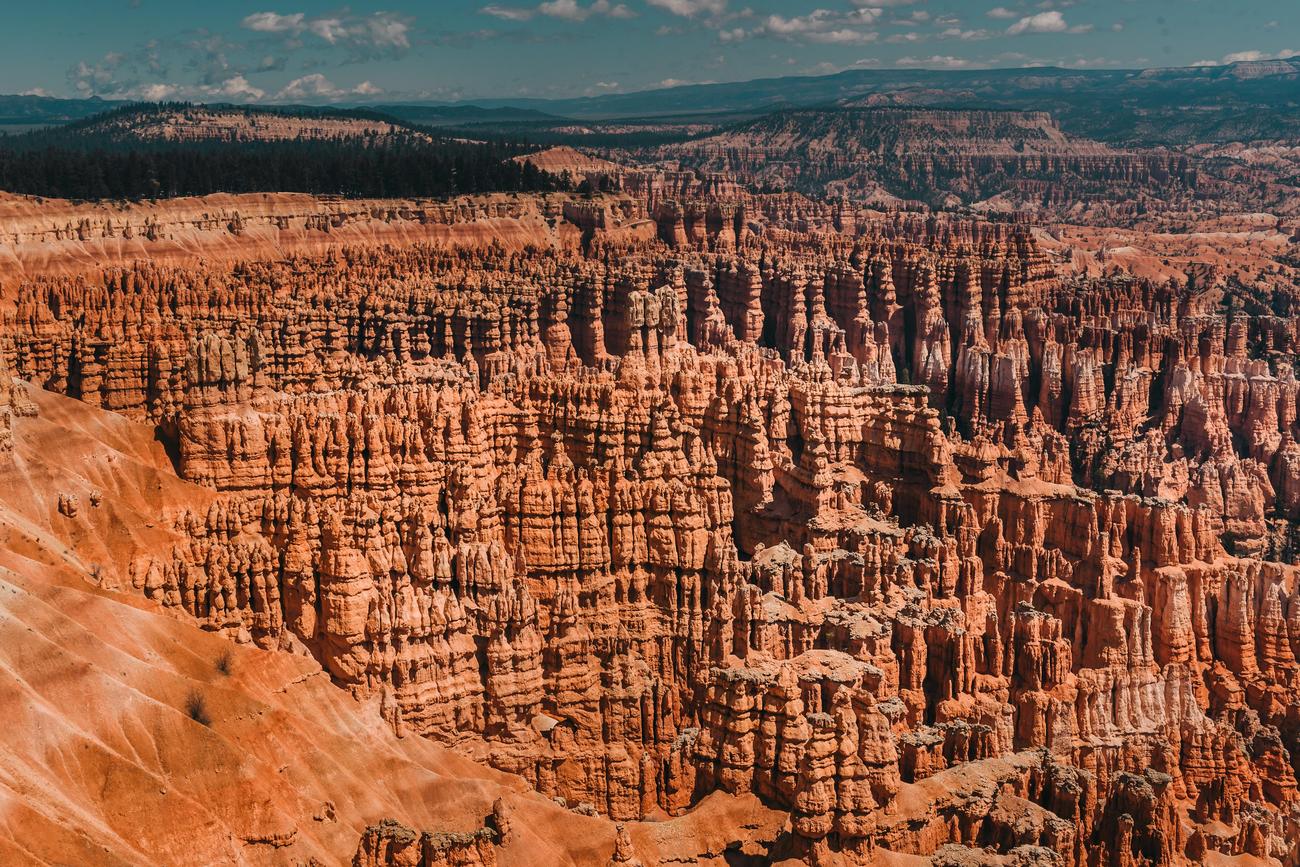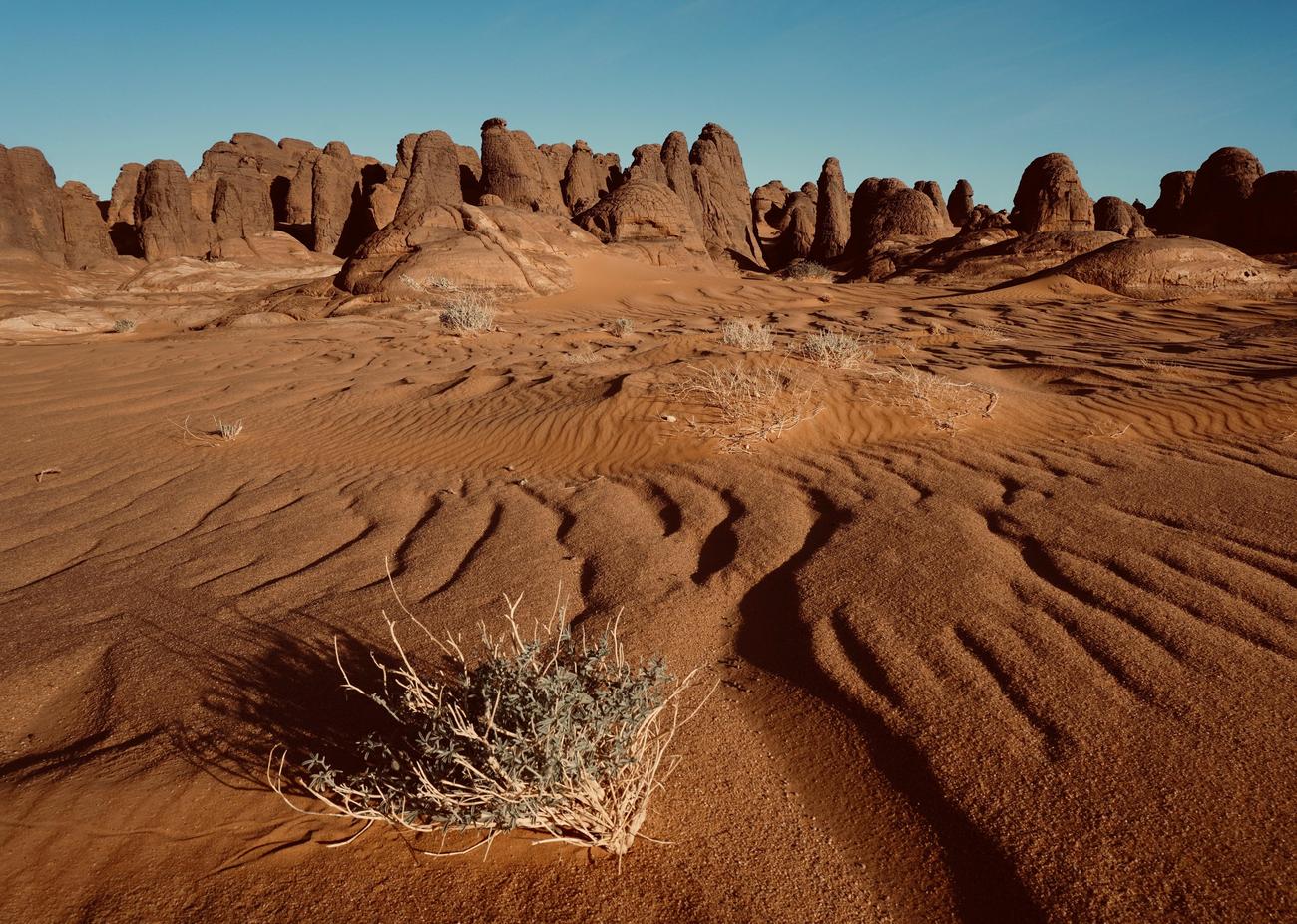Get ready to embark on a captivating journey through the intriguing geological history of granite. As a seasoned geologist with a passion for uncovering the Earth’s mysteries, I have dedicated years of fieldwork to understanding the formation, origins, and complex journey of this remarkable rock. From delving into geochronology and petrology to unraveling the intricate world of mineralogy, my expertise in granite has allowed me to unlock its significant role in shaping our planet. Join me as we explore the fascinating story behind one of nature’s most enduring creations – the geological history of granite.

The Geological History of Granite
Granite, the oldest igneous rock in the world, has a fascinating geological history that unveils the secrets of our planet’s past. Created through the cooling of molten stone, this remarkable rock holds valuable insights into the Earth’s ancient evolution. Let’s embark on a captivating journey through the geological history of granite and explore the wonders it reveals.
Formation of Granite: A Journey Through Time
Granite’s story begins around 300 million years ago, when molten rock known as magma cooled beneath the Earth’s surface. This slow and gradual cooling process allowed the magma to crystallize into the granite we know today. As it solidified, granite formed beneath a layer of sandstone, resulting in a unique geological composition.
Vertical and horizontal fractures developed within the granite as it settled beneath the sandstone layer. Over time, the surrounding sandstone eroded away, gradually exposing the granite to the surface. This natural erosion process, driven by wind, water, and other elements, shaped the mesmerizing landscapes we see today.
Granite’s formation offers a glimpse into the intricate dance between the Earth’s forces and the passage of time.
Weathering and Transformation: Unveiling Granite’s Beauty
Exposed to the elements, granite underwent weathering, a process that gradually transformed its appearance. The soft sand and clay surrounding the granite eroded away, revealing the hard bits of granite called corestones. These corestones, with their distinct composition and durability, showcased the true essence of granite’s timeless beauty.
Through the weathering process, granite emerges as a magnificent testament to the resilience of nature.
The Geological Significance of Granite
Granite plays a significant role in our planet’s geological history. Its formation and transformation shed light on the Earth’s evolution over millions of years. As geologists, we use various techniques such as geochronology, petrology, and mineralogy to unravel the secrets held within granite.
Geochronology unveils the age of granite formations, allowing us to understand the timeline of Earth’s geological events. Petrology provides valuable insights into the mineral composition and formation processes of granite. Mineralogy, on the other hand, helps us identify the specific minerals present within granite, offering clues about the geological conditions that gave rise to this remarkable rock.
Granite’s geological significance lies not only in its beauty but also in the valuable information it holds about our planet’s past.
Conclusion
In the captivating realm of Earth’s geological history, granite occupies a prominent place. Through its formation, weathering, and transformation, granite unveils a tapestry of Earth’s ancient evolution. Its significance to geology lies in the valuable insights it provides through geochronology, petrology, and mineralogy. As we continue to study and explore granite, we unlock the secrets of our planet’s mesmerizing story.
The geological history of granite takes us on a remarkable journey through time, unraveling the mysteries of our Earth’s ancient past.
Granite is more than just a beautiful natural stone – it holds a fascinating history that dates back millions of years. Have you ever wondered how old granite actually is? Well, wonder no more! Click here to uncover the secrets of this ancient rock and explore the URL: How Old Is Granite. Prepare to be astonished as you delve into the depths of time and discover the incredible journey that granite has taken throughout the ages. Don’t miss out on this opportunity to unravel the mysteries behind one of nature’s most enduring marvels.

FAQ
Question 1
What is the age of granite?
Answer 1
Granite is the oldest igneous rock in the world and was formed approximately 300 million years ago.
Question 2
How is granite formed?
Answer 2
Granite is created through the cooling and solidification of magma or molten stone beneath a layer of sandstone. As it cools, it develops vertical and horizontal fractures.
Question 3
What happens to the sandstone surrounding granite?
Answer 3
Over time, the sandstone erodes away, exposing the granite. The exposed granite then weathers into soft sand and clay while leaving behind hard bits of granite called corestones.
Question 4
What is the role of granite in shaping the Earth?
Answer 4
Granite plays a significant role in shaping our planet. It is a fundamental component of Earth’s continental crust and contributes to mountain formation, erosion patterns, and the overall geological landscape.
Question 5
Why is the geological history of granite important?
Answer 5
Studying the geological history of granite provides valuable insights into Earth’s past and helps us understand the processes that have shaped our planet over millions of years. It also offers clues about the Earth’s composition, tectonic activity, and geological events.
- Crypto Quotes’ Red Flags: Avoid Costly Mistakes - June 30, 2025
- Unlock Inspirational Crypto Quotes: Future Predictions - June 30, 2025
- Famous Bitcoin Quotes: A Deep Dive into Crypto’s History - June 30, 2025
















